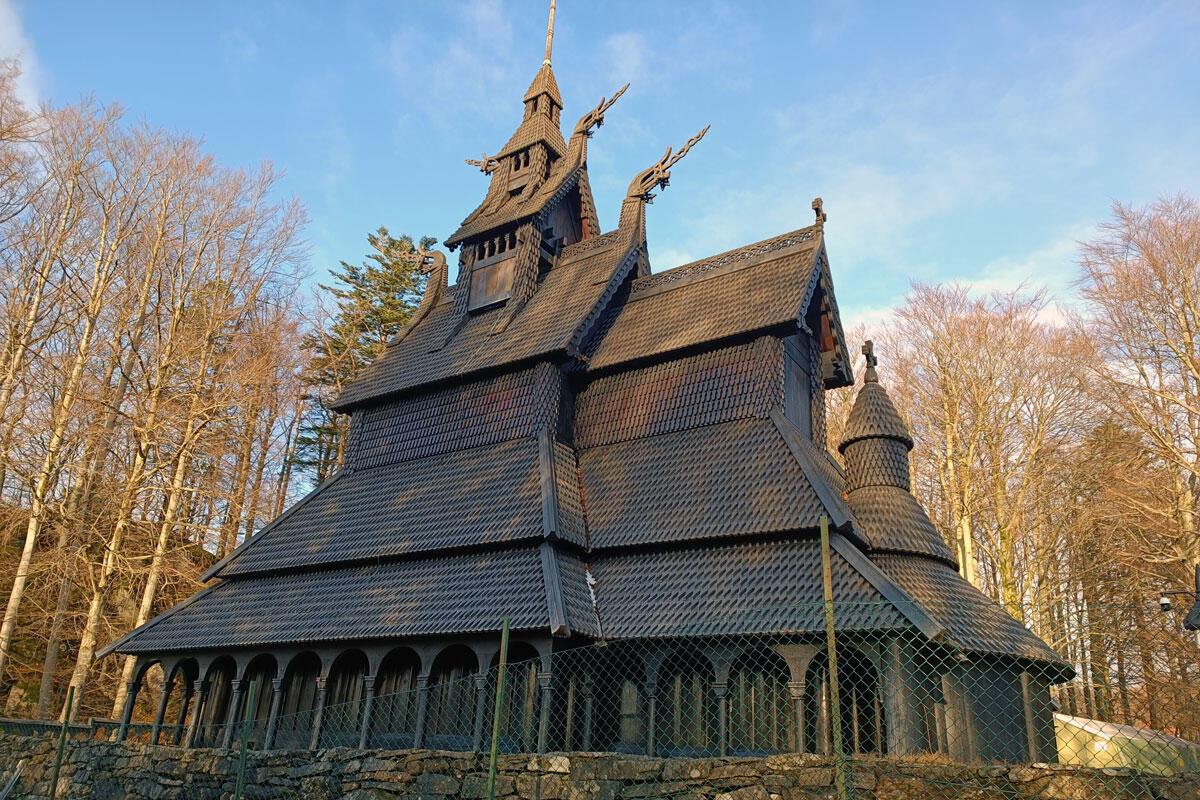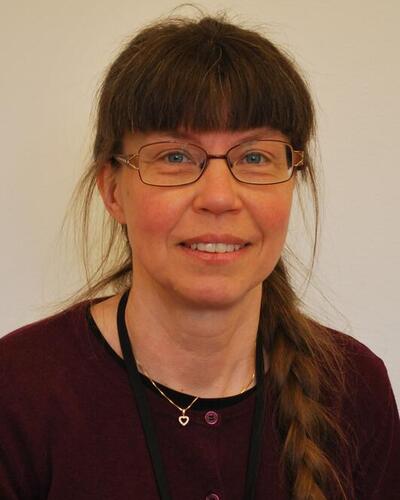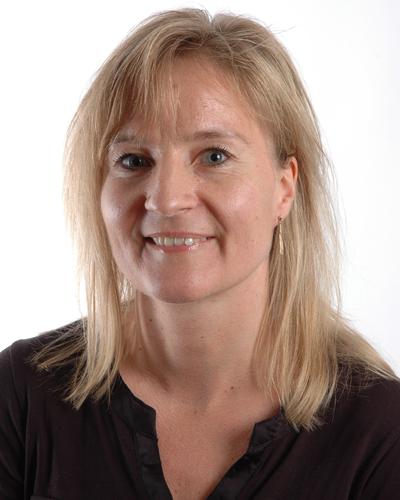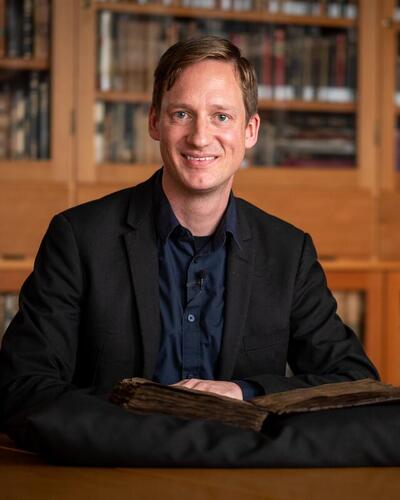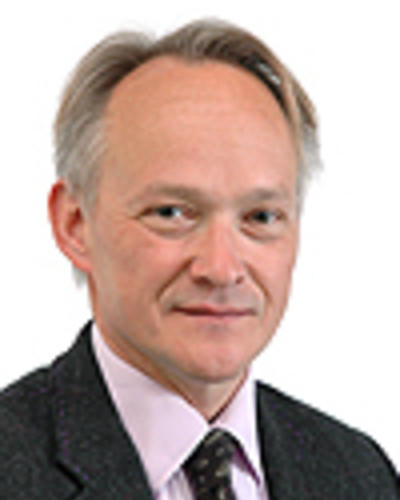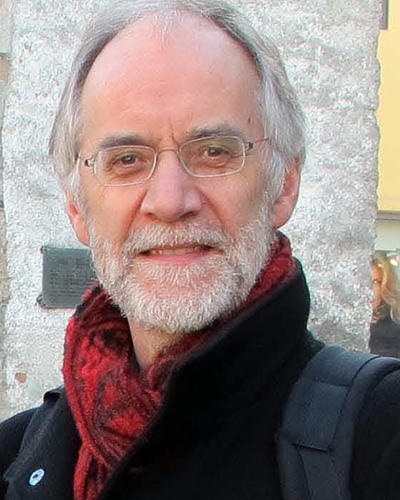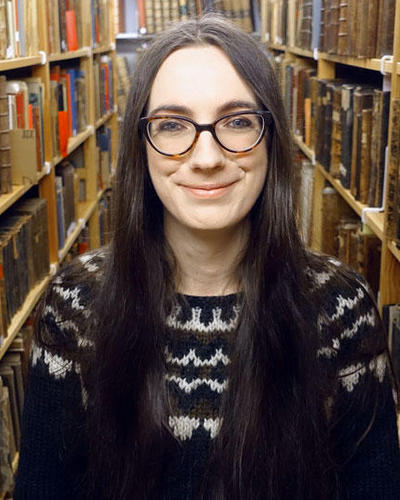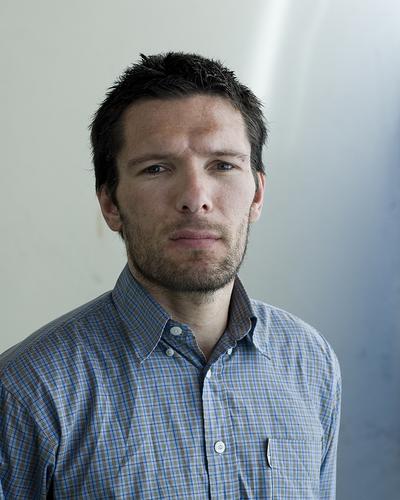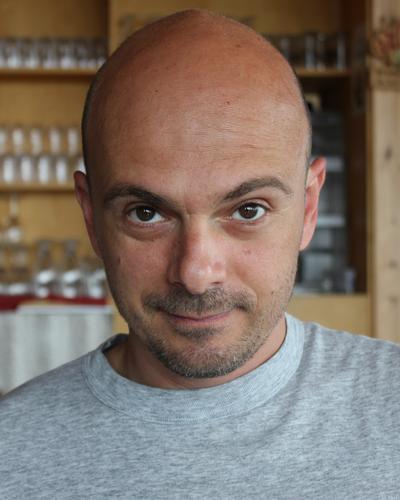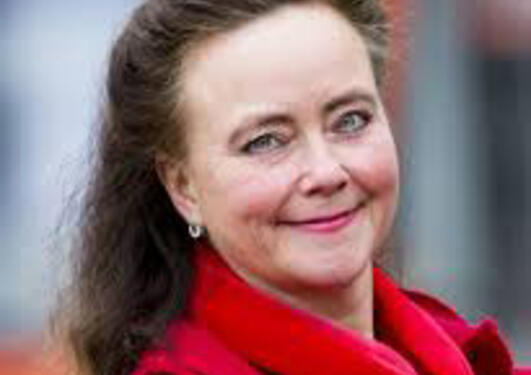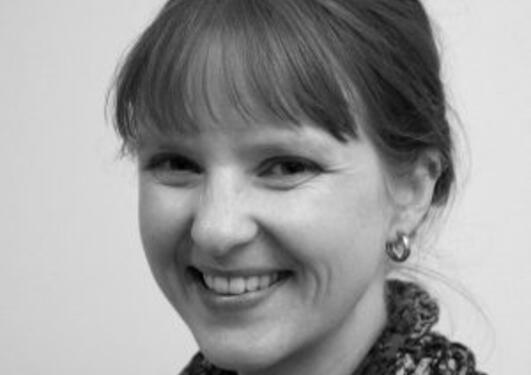Medieval History – religion and everyday life
This research group is interested about the effects and the role of religion in the medieval society in a broad perspective.

Main content
The medieval period was very dynamic and many new infrastructures known from the modern society got their birth there: such as the universities, the cities, the church, the state and state administration.
The Middle Ages is a period in European history extending from 500 AD to 1500 AD. In Norway, the Middle Ages has traditionally been considered as the Catholic period, as in all the Nordic countries. Here, the Middle Ages began with the Christianization in the 11th century and ended with the arrival of the Lutheran Reformation in 1536.
Despite the common misconception of the Middle Ages as a dark and stagnated period, the medieval period was very dynamic and many new infrastructures known from the modern society got their birth there: the universities, the cities, the church, the state and state administration and many more. Due to this, the medieval period is essential not only for the study of the medieval society but also for understanding the historical roots of our modern society. The Middle Ages has had a profound influence on historical development and identity, both nationally and internationally
This research group is interested about the effects and the role of religion in the medieval society in a broad perspective. The approach of the group is interdisciplinary, and we are comparing the religious traditions and practices both locally in Bergen and nationally in Norway to a broader, global framework.
The group focuses, for example, on following themes:
- Christianization of Norway and its manifestations and effects upon all sides of the society
- The transition from a heathen to a Christian society
- The creation and development of ecclesiastical and state administration and jurisdiction, and their relation to each other
- The material evidence of the effect of the Church in Norwegian society (buildings, burials, documents, all kinds of items)
- The medieval religiosity and everyday life (donations to churches and monasteries, relics, saints, liturgy)
- The relationship to the papacy and other ecclesiastical networks (incl. University students and religious orders)
Collaboration
- The medieval research clustre
- Research group for Legal Culture
- Research group for Medieval Philology
- Research group for Law and Culture in the Pre-Modern North
- Centre for Middle Eastern and Islamic Studies
- Transformations of Medieval Law
New publication
- Scandinavia in the Middle Ages 900-1550: Between Two Oceans. Routledge: London & New York, 2023. By Kirsi Salonen (together with Kurt Villads Jensen, 319 s.)
